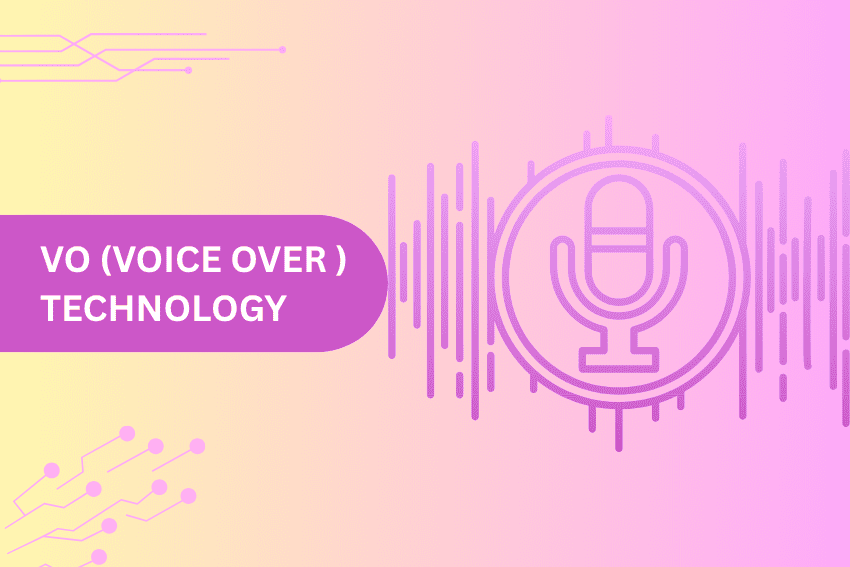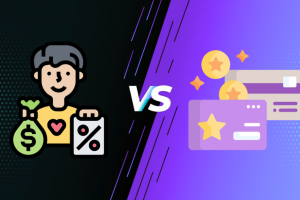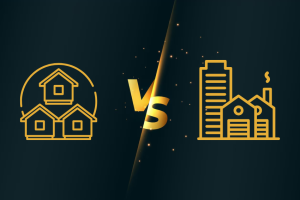Voice over technology, also known as VO technology, is changing the way we communicate with digital content, be it entertainment or solutions for enterprises. It is so powerful that you cannot even doubt whether the voices you are hearing are real, created by people or generated by machines.

In this article, we will discuss VO technology in depth and learn how it works in terms of its applications and why it is the future of communication.
What Is VO Technology?
VO technology is an innovative technology that creates, extensively alters or replicates artificially intelligent multi-speaker voices using artificial intelligence (AI) and machine learning (ML). Unlike older voice-over methods based on human recordings, It uses the power of AI to make virtual voices real through text-to-speech (Text-to-Speech), mimic pre-existing voices or even create a completely new AI voice. It creates robot-like voices, professionally narrated audiobooks and dubbed movies like real life.
VO technology is a simple idea: analysis, neural networks, performance and replay of the subtle details of human speech: pitch, intonation, rhythm, emotion. Companies like xAI and others are pushing the boundaries, thus creating voices that are more natural and adjustable than ever before. Voice over technology is a game changer whether it is to serve your customers, entertain or make it accessible.
How Does VO Technology Work?
VO technology is based on a combination of sophisticated algorithms and large datasets. So, in simple terms it works as follows:
- Data Collection: A process begins by collecting massive amounts of sound data. Such datasets include recordings of humans speaking, different accents, tones, and emotions.
- Neural Network Training: We want to use this data to train neural network AI models such as deep neural networks to learn speech patterns. They are taught how to associate text with phonetic sounds and mimic the characteristics of a human voice.
- Text-to-Speech (TTS): Once trained, the model will be able to generate speech by converting any written text. It is updated, and the sound is natural, with the right pauses and intonations.
- Voice Cloning: A specific person – a natural person – can have a replica of his or her voice created from only a few minutes of his or her audio in some systems. This can be used to record a person’s voice for customized use or for later use.
- Emotion and context: Modern VO systems can adjust tone based on context—think of a virtual assistant sounding empathetic during a customer complaint or energetic in a game.
The result? Closed voices, which are almost indistinguishable from the human voice and whose use is increasing daily.
Applications of VO Technology
VO technology is ubiquitous, and its versatility is what makes it so exciting. Following are some of its major applications:
- Entertainment: Using audiobooks, video games, etc., VO technology provides an immersive experience. Imagine a game where each character is given a natural and realistic voice without the need for dozens of actors.
- Accessibility: Screen readers and other assistive technologies that digitize images are run using VO technology, making digital articles widely accessible to visually impaired readers.
- Customer Service: This technology can be used to provide customer support through chatbots and AI-powered virtual assistants to resolve customer queries with personalized human experience and improve user experience.
- Content Creation: Podcasters and YouTubers have the opportunity to create voiceovers using VO tools and save time and money.
- Language Localization: Using voice over technology, it has become very easy to dub movies or translate anything into multiple languages, and that too in a voice that sounds similar to the original language.
- Education: It is also used in language learning applications, where language learning apps provide interactive lessons along with correct pronunciation.
The possibilities are limitless and will continue to grow, as more imaginative applications will be created as technology advances.
Why VO Technology Matters for the Future
VO technology is not only a modern tool, but also a transformative force. Here are the key points:
- Efficiency: Companies will be able to create high-quality voice content, saving the time and money spent hiring voice artists.
- Personalization: It can perform most personal tasks, such as creating a custom virtual assistant or cloning a loved one.
- Global Reach: It allows anyone in the world to access content via voice.
- Ethical Innovation: This technology can be used to ethically save someone’s voice (e.g., for people with degenerative diseases) or open up new possibilities for creators.
Everything has its price, however. The ethics of deepfake voices and the misuse of voice cloning technology involve issues such as consent and authenticity. The safety of the industry is yet to be determined, but it’s an area to keep an eye on.
The Future of VO Technology
The future of VO technology is bright. We will get:
- Hyper-Realistic Voices: It is already very difficult to distinguish artificial voices from human voices, but as AI models become more advanced, it will become even more difficult.
- Multilingual Proficiency: VO systems will handle unusual languages and dialects without any problem, and this will facilitate global communication.
- Emotional Intelligence: In the future, VO technology is likely to have a better understanding of context that can provide voices in line with emotional changes on a real-time basis.
- AR/VR Integration: Have you thought about virtual reality environments and how each character will have their own, AI-based voice? VO technology can do that.
- Ethical Frameworks: As technology develops, regulations will also increase to deal with misuse of the technology, and it will be profitable.
Conclusion
VO technology is changing the very nature of communication, creation and engagement in the digital world. Whether it is making content easier to access or leading the next generation of virtual assistants, its impact cannot be ignored. In the future, finding a balance between the benefits of innovation and ethical conduct will be essential to the success of innovation. Whether you are a creator, a businessperson or simply curious, It is something you should pay attention to, the future is everything, it is the present.
FAQs About VO Technology
What is the difference between VO Technology and traditional voice-overs?
The use of human voice actors or traditional voice-overs is limited to only recording lines, while VO technology is scalable and flexible because AI is used to generate or manipulate voices.
Is VO Technology safe to use?
Ethically, yes. Still, voice cloning raises questions of deepfakes, and that is why it is important to trust the platform and obtain consent.
Can VO Technology replicate any voice?
More advanced systems are able to mimic voices with a fair amount of accuracy, but ethical matters limit the application of this process to those with sufficient audio samples.
How is VO Technology used in virtual assistants?
Having conversations through virtual assistants powered by xAI. This is possible due to VO technology that allows such virtual assistants to give human responses, creating a natural conversation and making them more engaging.
Will VO Technology replace human voice actors?
Not entirely. Although it is efficient, human actors introduce a certain creativity and emotion that cannot be imitated even by AI, at least not yet.


